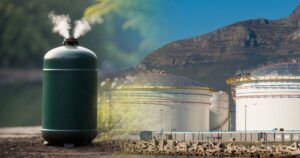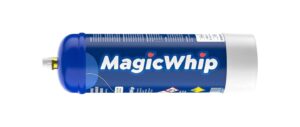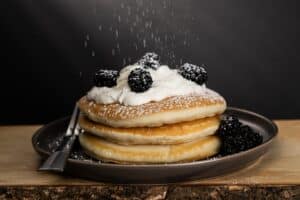Carbon Dioxide For Fizzy Drinks – Interesting Facts Part 2
FastGas Blog
The first part of Carbon Dioxide for Fizzy Drinks made clear why carbon dioxide is the best choice as an additive to get that effervescent touch in soft drinks. In this second part, we will solve some exciting questions regarding the carbonation process and its impact on fizzy drinks.
What are Fizzy Drinks?
Fizzy or carbonated drinks contain carbonated water (water dissolved in carbon dioxide), some sweeteners, and artificial flavoring. To make it straightforward, the so-called sodas or sparkling water. Those from which you get a tingly and bubbly sensation on your tongue and stomach. But why does your tongue tingle? Time to talk about carbonation!
What is Carbonation?
Once in your life, you have probably seen the system of Soda Stream, the sparkling soda maker. Soda makers are dispensers that include a carbon dioxide cylinder and one or two reusable water bottles.
You fill the supplied bottle with water, insert it into the machine, and push a button. Compressed carbon dioxide from the cylinder is injected to create bubbly water.
In the same fashion, carbonation works.
Carbonation is when we add carbon dioxide to water, imparting sparkle, a tangy taste and preventing decomposition. The liquid containing carbon dioxide will slowly release bubbles when put under pressure.
Carbonated beverages and waters were developed from European attempts in the 17th century to imitate famous springs’ popular and naturally effervescent waters, with a primary interest in their reputed therapeutic values.
- Carbonated beverages do not require pasteurization.
Why Do Fizzy Drinks Taste Good?
There are three main reasons for this question. Nonetheless, we will refer to only one: the formation of carbonic acid.
Carbon dioxide has no color and is flavorless on its own. Carbonic acid, created during the carbonation process, on the other hand, gives beverages a slightly acidic bite. It is what makes the fun fizz you love, that tingly sensation you wish to keep from sodas.
The colder the beverage and the tighter it’s sealed, the fizzier your drink will be. If carbon dioxide escapes, the liquid goes flat.
The most carbon dioxide that water can handle is approximately 8 grams per liter.
Does Sparkling Water Make you Bloated?
Once gas enters your stomach, a few things can happen:
- You can eject it through a hiccup or eruct.
- It can head to the small intestine to be absorbed into your bloodstream.
- Stick to your stomach for a while and create bloating.
So yes, sparkling water can make you bloated.
The third point can occur if you drink too fast and will be temporary. By drinking (or eating) quickly, we swallow more air, which leads to more gaseous distention of the stomach.
To be clear, bloating can never be too dangerous. But suppose you suffer from a digestive disorder. In that case, you should consult your head doctor before consuming or after the second effects.
Where to Buy Carbon Dioxide?
There are myriad applications and versatile uses of carbon dioxide. Disposable CO2 cylinders make for an ideal choice for home use and small commercial requirements.
At Fast Gas, we offer European-quality carbon dioxide gas cylinders that are the perfect accessory for creating various food and carbonated drinks. We offer 600 grams, 1250 grams, and 2200 grams carbon dioxide cylinders. Our CO2 cylinders are compatible with all standard pressure regulators. You can use one with our gas tank to ensure the tank delivers the correct quantity of carbon dioxide.
To buy a Fast Gas CO2 cylinder, click here.



